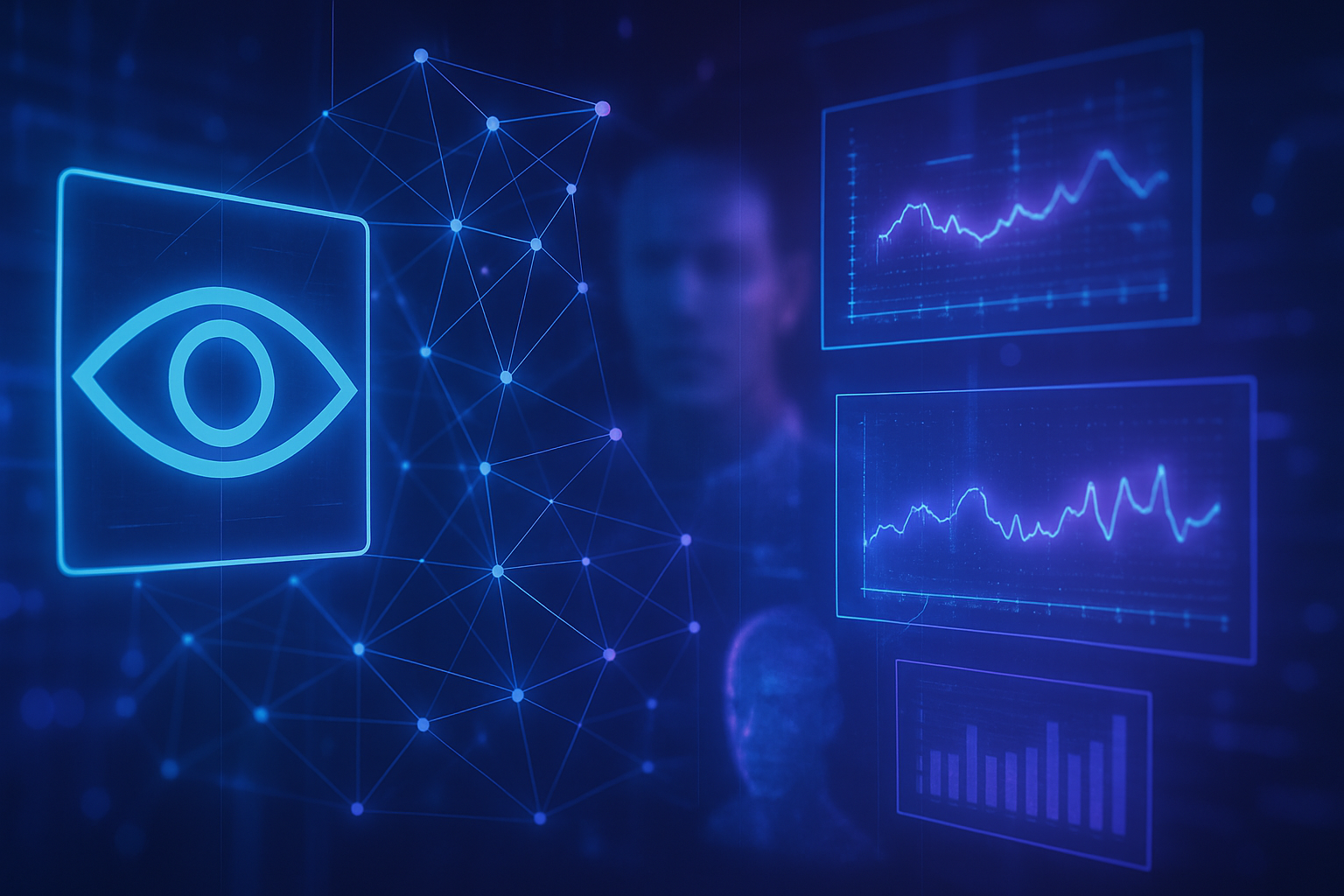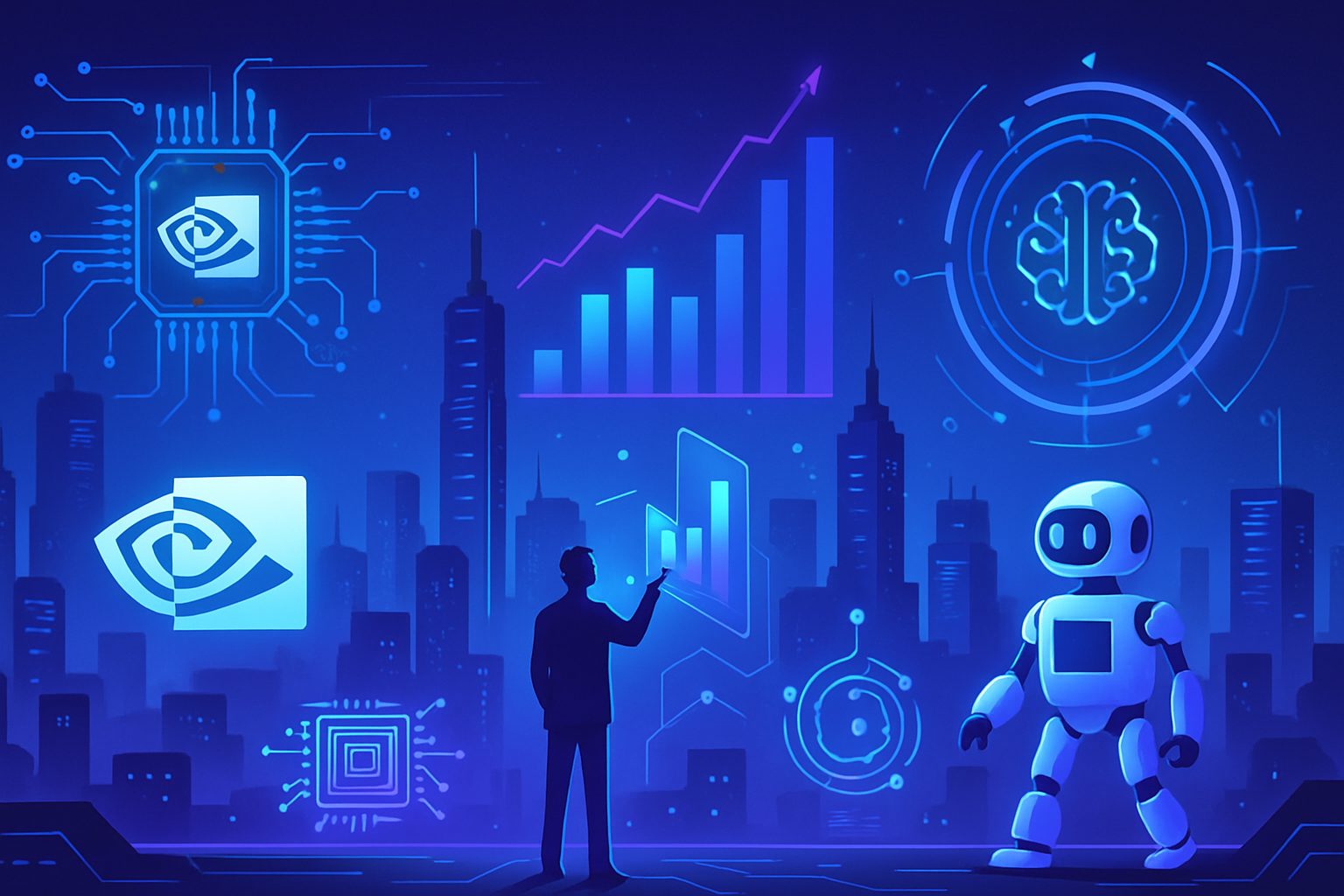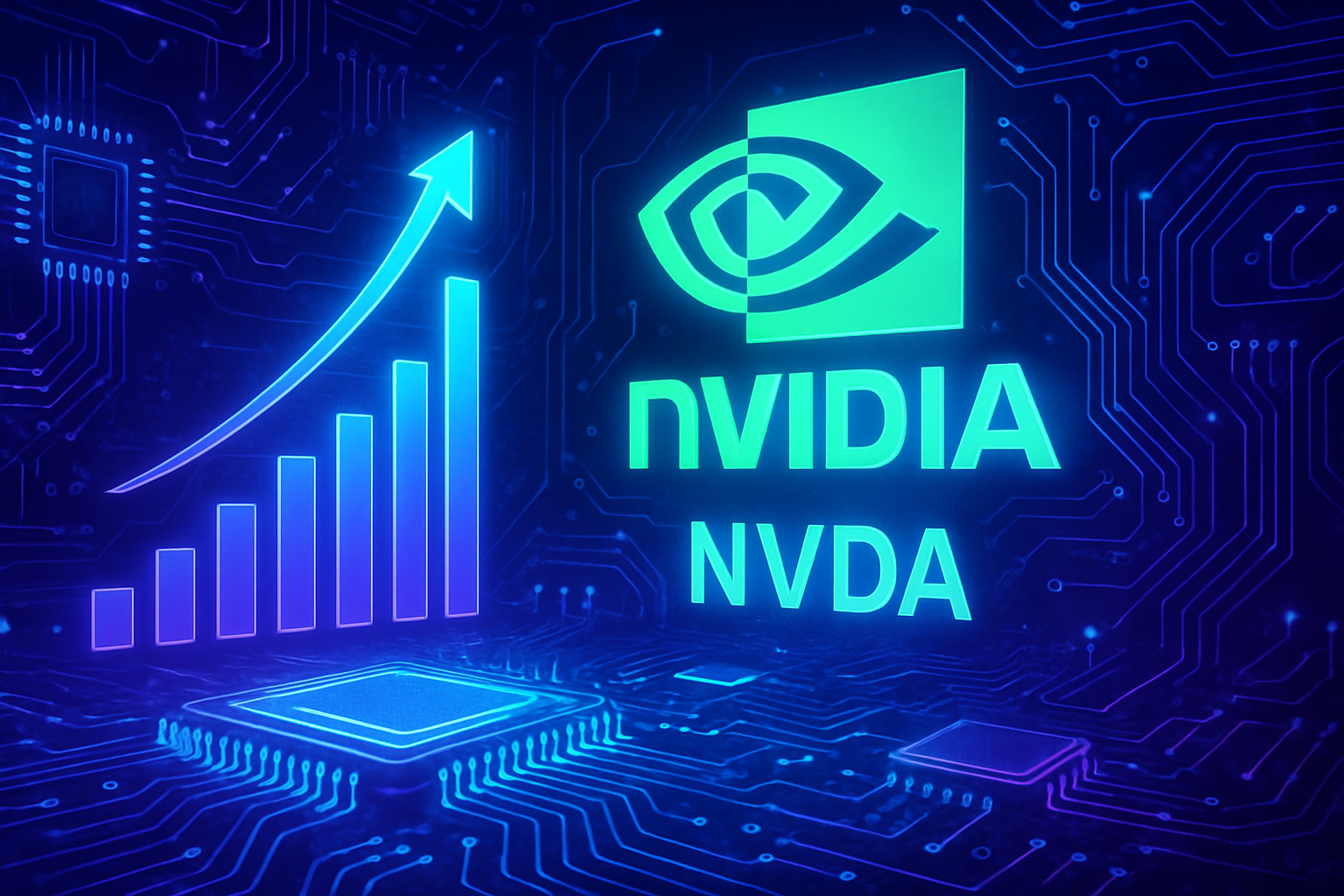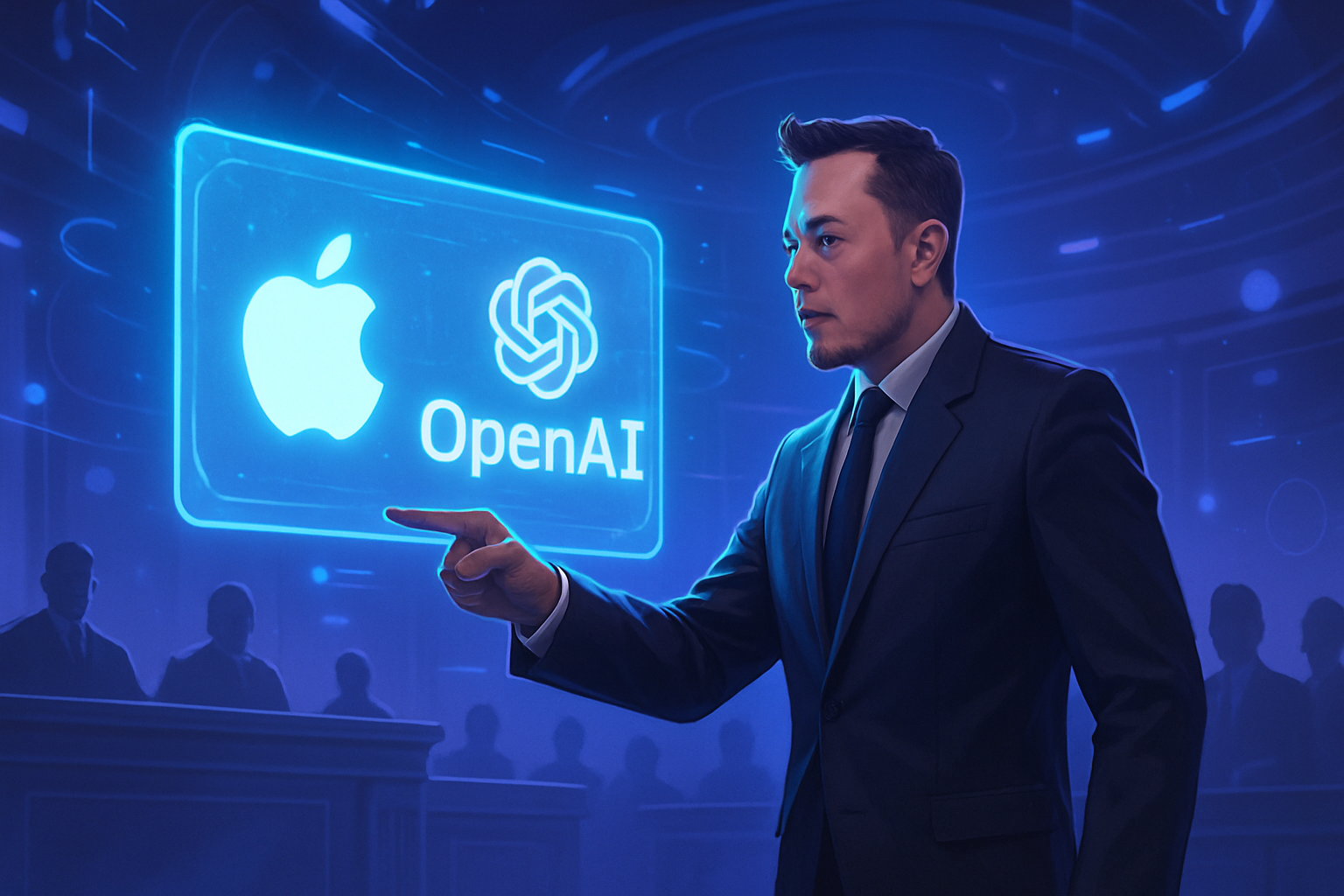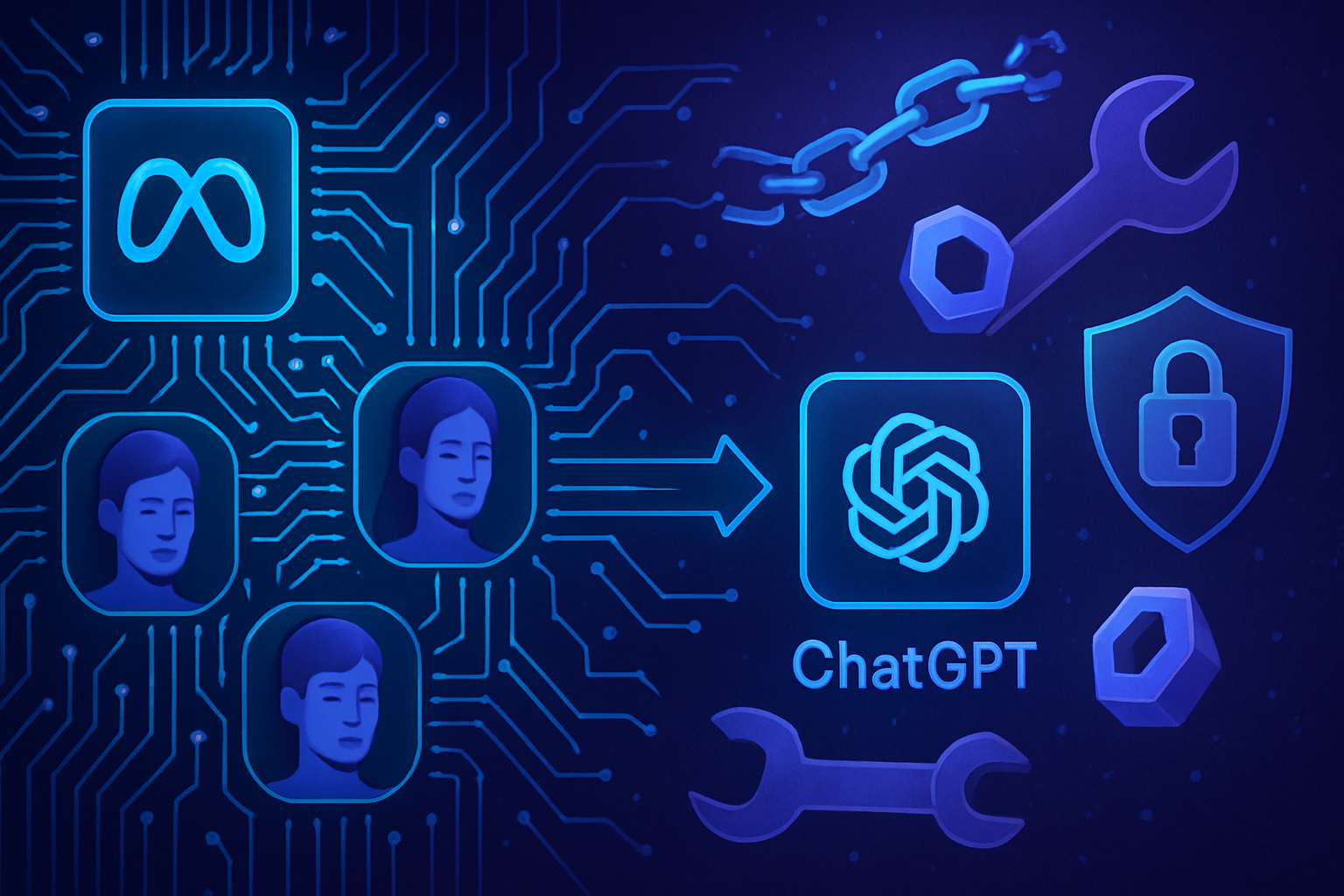Palantir’s tools reveal an invisible danger that threatens our fundamental freedoms. These technologies, equipped with a singular intrusion capability, merge personal data to track individuals on a large scale. Far from being limited to the military industry, their use has extended into our daily lives, leading to consequences behind which violations of our rights are hidden. Ignorance of these issues prevents us from grasping the extent of potential abuses.
A complex technological landscape
The tools developed by Palantir possess an architecture that transcends simple data collection. The colossal influx of information from public and private sources allows for orchestrating precise actions, be they security operations or massive surveillance. Intelligence, surveillance, target acquisition, and reconnaissance systems (Istar) employ a multitude of sophisticated algorithms, creating an unprecedented surveillance framework over individuals and communities.
Insidious surveillance
The surveillance infrastructures managed by Palantir seem to establish invisible networks. These networks restrict freedom of expression and hinder classical social interactions, creating an atmosphere of distrust. Civil rights, notably the First and Fourth Amendments of the U.S. Constitution, appear gravely compromised. The incessant data collection operations exacerbate feelings of insecurity and vulnerability within targeted populations.
Practical applications of Istar technologies
Palantir offers tools such as Investigative Case Management (ICM) and ImmigrationOS, which illustrate the scalability of its applications. These platforms orchestrate automated actions, often without human intervention. From biometric data to precise locations, this information allows individuals to be mapped in unprecedented ways. The lack of transparency surrounding the data used by these systems raises fundamental ethical questions.
Social and political implications
The repercussions of Istar technologies extend to marginalized populations. Migrants, political dissidents, and other vulnerable groups lose their fundamental rights, facing unjust targeting. The collaborations between Palantir and government agencies, such as the Department of Homeland Security, promote policies of expulsion and arbitrary detention.
Synergy with military forces
The tools of Palantir have been adopted by armies, such as the Israeli army, to execute complex military objectives. In Gaza, Istar systems have enabled a targeting strategy that jeopardizes the lives of hundreds of civilians. The automation of these processes raises questions about accountability and the consequences of technology in conflict situations.
The role of corporations and legislators
Multinational companies integrate these solutions to optimize their efficiency. Businesses exploit surveillance tools to influence consumer behavior, thereby generating patterns of control and exploitation. The lack of regulation regarding this problematic technology leads to an imbalance of power within society. Legislative initiatives like the consumer protection bill regarding AI are often thwarted.
Civic responses and resistance movements
The response of citizens to this invisible threat is growing. Coordinated protests reflect an increasing awareness of the dangers posed by surveillance tools. Activists highlight the impact of surveillance technologies on civil rights. Their actions aim to remind legislators of their responsibility towards these new norms of intrusive technologies.
Recent mobilizations in areas like Denver underscore the fight for civil rights. Protesters demand transparency regarding the technologies used against their community. The question of who controls this data and for what purposes remains crucial.
Common FAQs about Palantir tools: an invisible danger we are just beginning to comprehend
What are the main risks associated with the use of Palantir tools in surveillance?
The main risks include abuses of power, violations of civil rights, systemic discrimination, and intrusive surveillance that can affect individuals’ privacy without their consent.
How do Palantir technologies affect marginalized communities?
Palantir technologies, due to their invasive nature, exacerbate inequalities and often target vulnerable populations such as migrants and dissidents, thereby reinforcing unjust and discriminatory control systems.
What methods does Palantir use to collect data?
Palantir uses a combination of public and private data, including biometric information, social media data, and location records, often without transparency regarding their source or use.
Is Palantir technology subject to specific regulations?
Currently, there are few specific regulations concerning Palantir tools, which raises significant concerns about the protection of civil rights and corporate accountability.
What types of data are most sensitive and could cause harm if misused by Palantir?
Sensitive data includes medical information, personal contact details, and communication histories, which, if misused, can lead to serious violations of privacy and security.
How can citizens protect themselves from surveillance conducted by tools like those from Palantir?
Citizens can protect themselves by being aware of their rights, using privacy protection tools, advocating for transparency in surveillance practices, and demanding laws that guard against abuses.
What efforts are being made to stop the use of Palantir technologies in citizen surveillance?
Social movements, protests, and legislative proposals aim to strengthen civil protections and regulate the use of these technologies, particularly advocating for consumer protection laws regarding AI.
Why is it essential to understand the implications of Palantir tools on contemporary society?
Understanding these implications is crucial to ensuring that civil rights are protected and to prevent surveillance technologies from becoming instruments of domination and social control at the expense of individual freedoms.
